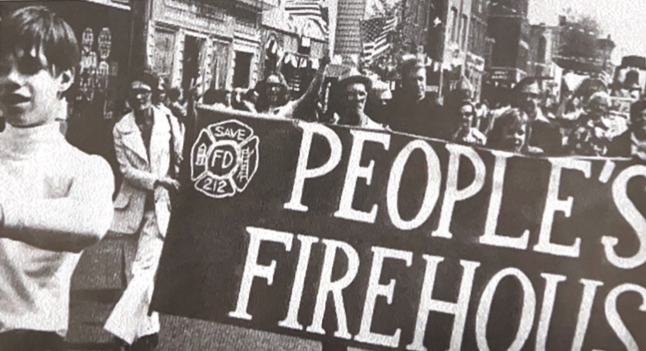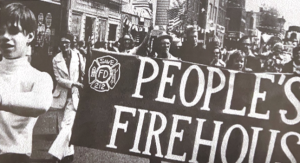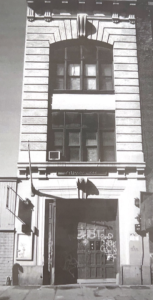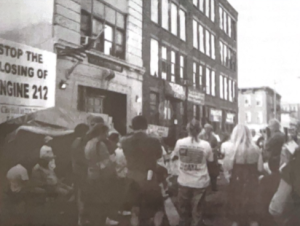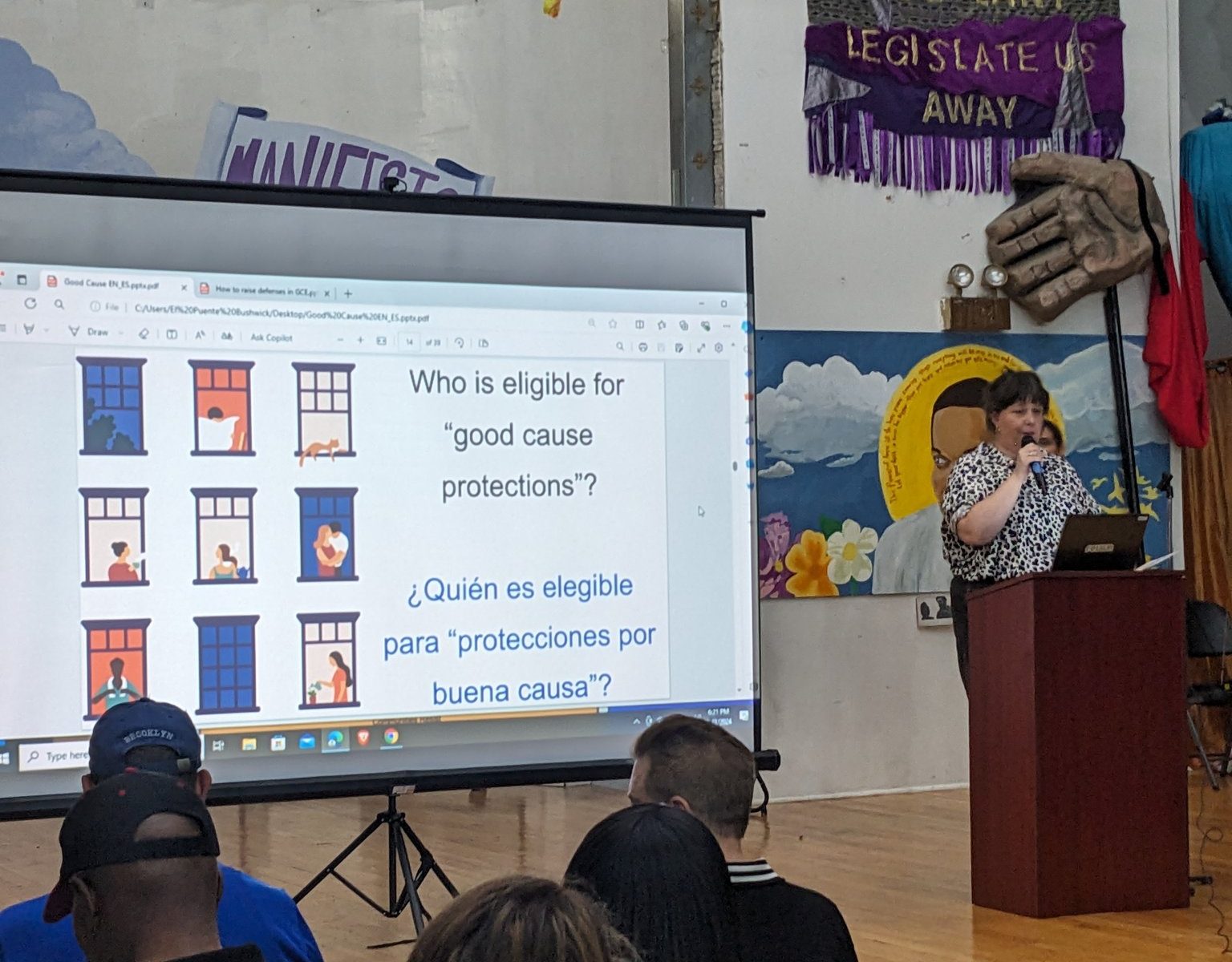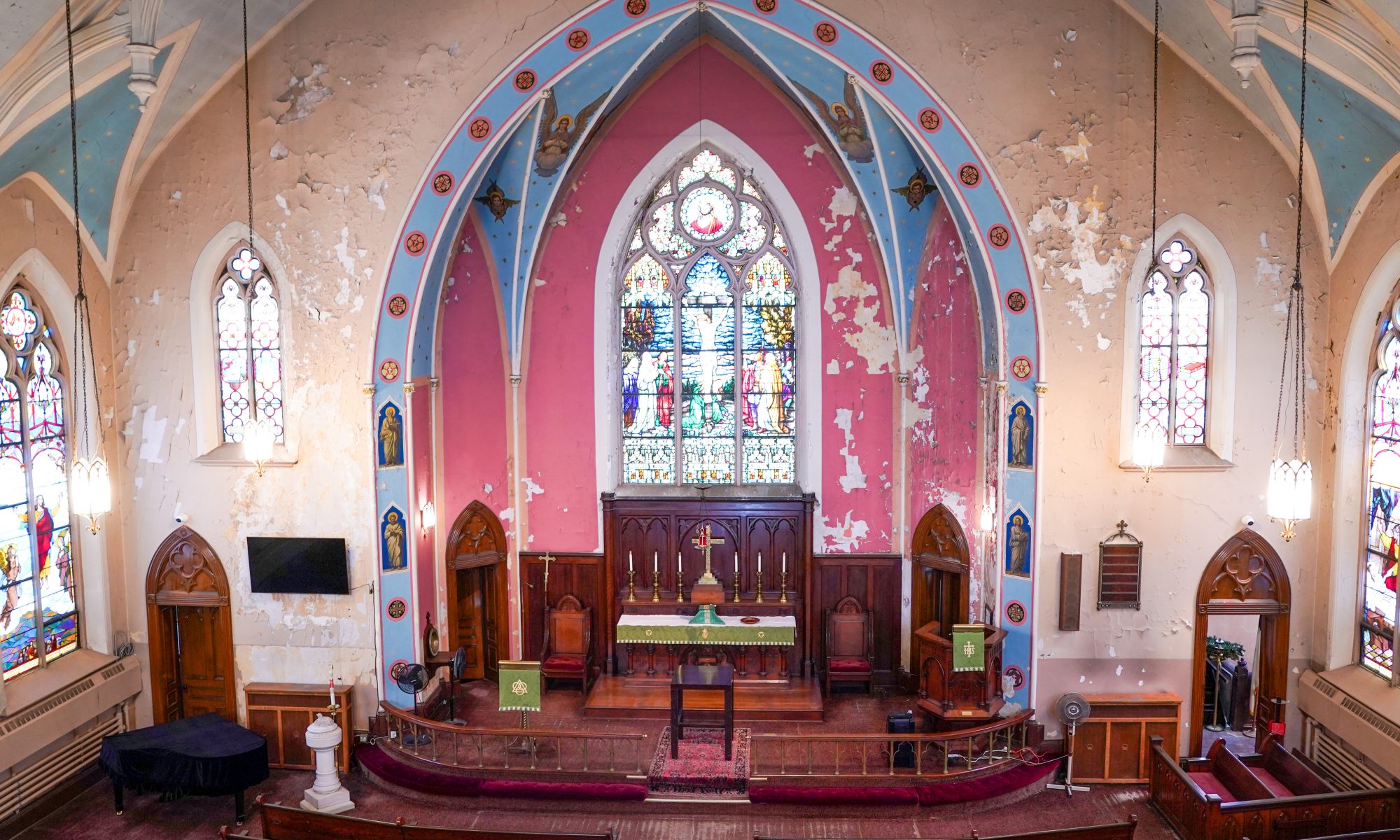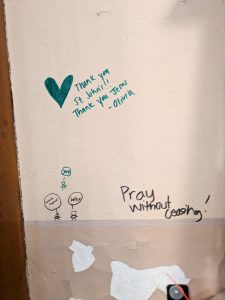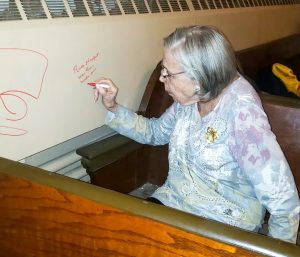Editor’s note: A previous version of this article incorrectly said that the map image showed where noise and traffic complaints come from. The caption has been corrected to say that the map shows where noise monitors and traffic guards are located.
By Jean Brannum | jbrannum@queensledger.com
The park under the former Kosciuszko Bridge doubles as an event space in the once-empty area. Throughout the year, people stroll through the seven-acre land, ride through the skate park, and flock to the concerts under the BQE.
However, according to the park’s neighbors, the space is also a source of noise pollution and traffic. Nearby residents complained to the North Brooklyn Parks Alliance staff of music blaring into their apartments until as late as 4 AM, and car horns waking them after the concerts conclude. Residents with young children say that the noise often wakes them up.
Greenpointer Lucy, who declined to give her last name, said that she hears music as late as 4 AM. She has sent multiple emails about the noise but said she has received few replies. Other members of the community affirmed that they had heard noise at the same time.

Katie Denny Horowitz, executive director of North Brooklyn Parks Alliance said that some official events go as late as 2 AM, but most events conclude around 10 PM. Noise later than that comes from park visitors who hang around afterward.
“Why can’t they end at a decent time? By 10:30 or 11 o’clock?” Greenpointer Michele Chesnicka said. Many residents at a public meeting voiced their agreement that events should conclude earlier.
If the noise from the park is disturbing, residents can call a hotline to request noise testing. Horowitz said that the response time is usually immediate and encourages residents to call them as soon as the noise becomes a disturbance.
The Parks Alliance’s policy is to keep noise in the park below 100 decibels, which is as loud as a train, according to a city noise code guide. For areas outside the park, Horowitz and her team try to keep noise at less than 50 decibels, or less loud than a normal conversation.

Horowitz mentioned that since the park started hosting concerts, they only just started receiving noise and traffic complaints. Councilmember Lincoln Restler said that he has received a few emails about the noise from the park, but takes those complaints seriously.
Noise Beyond Control

But the issue of late-night noise is—many times—beyond the park staff’s control, Horowitz said.
During a tour, we heard music from the other side of the skate park. On the street adjacent to the end of the park, a white car sat with all the doors open blasting music. The noise was so loud we had to end our tour before reaching Newtown Creek.
Horowitz said she normally calls the police for noise, but often the car partiers either come back to the site or move to another area to become someone else’s problem. The partiers are also on the street and technically off of park property.
Another source of noise is post-event traffic. Greenpointer Matt Maclean walks through the park with his three-year-old son daily but said the post-event car honking often wakes up his three-year-old son.
“The honking on Apollo St is bad enough during the day, but when it’s 2 AM wakes me up and wakes him up. That’s totally out of the ordinary,” said Maclean.
Eric Kun, another neighbor, said it would be better if the Parks Alliance worked with the community. Horowitz responded that the meeting was set up to work with residents, but Kun wants a follow-up meeting to keep the community involved in improvements. Horowitz also noted that the space started hosting larger events this past season.
“If people come together like this, we have the opportunity to have face-to-face time with you, this a little bit more empowering and it feels like there’s a connection, Kun said.
Balancing Act
While some suggested a complete shutdown of events, staff of North Brooklyn Parks Alliance, the nonprofit that designed the park, and Restler pointed out that the money from the concerts is reinvested in parks across Community District One. The nonprofit hires gardeners to maintain the grounds and provides much-needed maintenance to playgrounds and plazas.
The North Brooklyn Parks Alliance, which is registered as a nonprofit as Open Space Alliance for North Brooklyn, made $457,000 in 2022 from “Program Services”. This is significantly more than the $33,000 made the previous year before the nonprofit expanded programming in the Under the K Bridge Park. Program Services were about 34% of the total revenue. Contributions were 34% of income.
About $290,000 from the Parks Alliance goes towards staff salaries. The Parks Alliance spent $85,000 on park improvements in 2022.
Greenpointer Heidi Vanderlee said that if the city provides parks with more funding, then there would not be a need for concerts at Under The K and that District One residents are lucky to have another revenue stream for parks.
Greenpointer Kevin La Cherra said the Parks Alliance contributed supplies to clean up McGolrick Park in 2020 when mudslides occurred and funding was cut.
“We see what these parks look like day to day and how much worse they are when they’re not invested in,” La Cherra said.
Under the K Bridge will host six events scheduled from Sept 1 to Oct 12.




